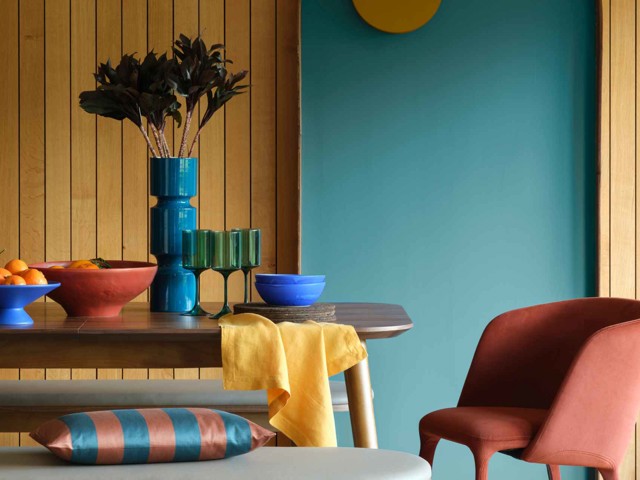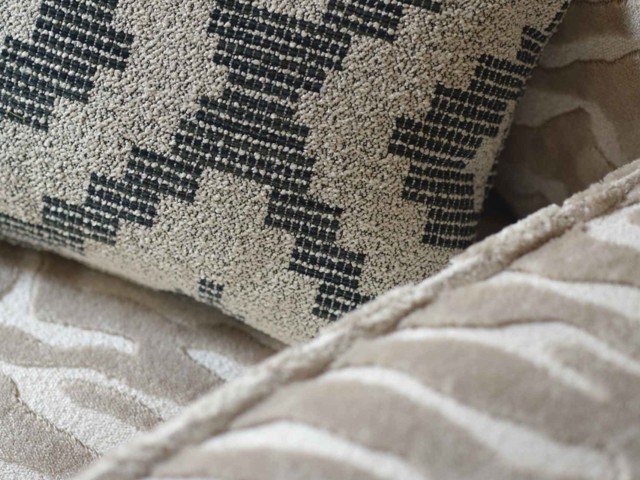
A holistic approach
Launched in 2020, The Sofa Cycle ensures we look at the impact of every aspect of our operations and value chain, from material extraction and responsible sourcing, to what happens to our products at the end of their life.
It demonstrates the interconnectedness of the raw materials we use to every stage of the product lifecycle. These materials are the largest contributor to our carbon footprint and biodiversity impact, so reducing our use of them by evolving to a circular approach is critical to our Net Zero ambition.
Circularity is built on the principle of using materials responsibly – extracting maximum value by reusing, recycling and reducing our use of them.
We’ll only be able to achieve this through multiple product lifecycles by redesigning our furniture and changing how it’s made, what it’s made from, and how it’s used. This won’t be quick or simple because it requires collaboration throughout the entire value chain.
But we’re taking the first steps on this journey and will be building the infrastructure we need in the near future, engaging our stakeholders along the way.
Setting clear targets based on climate science underlines our commitment to reducing our carbon footprint.
In November 2024, the Science Based Targets Initiative (SBTi) approved our Net Zero goal: to cut absolute Scope 1, 2 and 3 emissions by 90% before FY50, based on a 2023 baseline.
SBTi also validated our two near-term targets:
To reduce our own absolute Scope 1 and 2 emissions by 54.6% by FY33; and
Ensure that suppliers covering 73% of our Scope 3 emissions from purchased goods and services, and upstream transport, have developed and published their own science-based targets by FY28.
With the latter in mind, engaging with value chain partners to reduce their own carbon footprints is essential.
Before we submitted our targets to SBTi, our In This Together engagement campaign aimed to make sure our suppliers are involved in our Net Zero journey by setting science-based targets of their own.
We asked them to sign a letter committing to the 2028 goal and sought their buy-in to cover 20% of our Scope 3 emissions. However, we surpassed this by achieving a 59% success rate.
Since then, using resources including SME Climate Hub, we’ve been working one-to-one to help suppliers with carbon accounting and explore what a path to Net Zero would look like for them. Everyone is different, as is their appetite and ability to make changes. But we’re committed to partnering with them all to progress towards Net Zero.
Last year, only a handful of our manufacturing partners had calculated their Scope 1 and 2 carbon footprints. However, by June 2025, this had increased to more than 41%. Over 35% had also calculated their Scope 3 emissions.
Circularity is built on the principle of using materials responsibly – extracting maximum value by reusing, recycling and reducing our use of them.
We’ll only be able to achieve this through multiple product lifecycles by redesigning our furniture and changing how it’s made, what it’s made from, and how it’s used. This won’t be quick or simple because it requires collaboration throughout the entire value chain.
But we’re taking the first steps on this journey and will be building the infrastructure we need in the near future, engaging our stakeholders along the way.
Setting clear targets based on climate science underlines our commitment to reducing our carbon footprint.
In November 2024, the Science Based Targets Initiative (SBTi) approved our Net Zero goal: to cut absolute Scope 1, 2 and 3 emissions by 90% before FY50, based on a 2023 baseline.
SBTi also validated our two near-term targets:
To reduce our own absolute Scope 1 and 2 emissions by 54.6% by FY33; and
Ensure that suppliers covering 73% of our Scope 3 emissions from purchased goods and services, and upstream transport, have developed and published their own science-based targets by FY28.
With the latter in mind, engaging with value chain partners to reduce their own carbon footprints is essential.
Before we submitted our targets to SBTi, our In This Together engagement campaign aimed to make sure our suppliers are involved in our Net Zero journey by setting science-based targets of their own.
We asked them to sign a letter committing to the 2028 goal and sought their buy-in to cover 20% of our Scope 3 emissions. However, we surpassed this by achieving a 59% success rate.
Since then, using resources including SME Climate Hub, we’ve been working one-to-one to help suppliers with carbon accounting and explore what a path to Net Zero would look like for them. Everyone is different, as is their appetite and ability to make changes. But we’re committed to partnering with them all to progress towards Net Zero.
Last year, only a handful of our manufacturing partners had calculated their Scope 1 and 2 carbon footprints. However, by June 2025, this had increased to more than 41%. Over 35% had also calculated their Scope 3 emissions.
| Title | Document |
|---|---|
|
Sustainable Sourcing Policy |
Download document |
|
Biodiversity Policy |
Download document |
|
Group Water Policy |
Download document |
|
Group Leather Policy |
Download document |
|
Group Timber Policy |
Download document |
| Title | Document |
|---|
In this section

Our products and value chain
DFS Group is committed to sustainable sourcing, working with suppliers to help reach Net Zero and have a positive social impact.
Our products and value chain
Our operations
At DFS, reducing our operations’ environmental impact is key to reaching Net Zero. So, we’re striving to cut Scope 1 & 2 emissions.
Our operations
Product lifecycle and end of life
DFS Group is on a mission to move from a linear to circular business model. It’s a big job, but we’re laying the foundations now.
Product lifecycle and end of life


